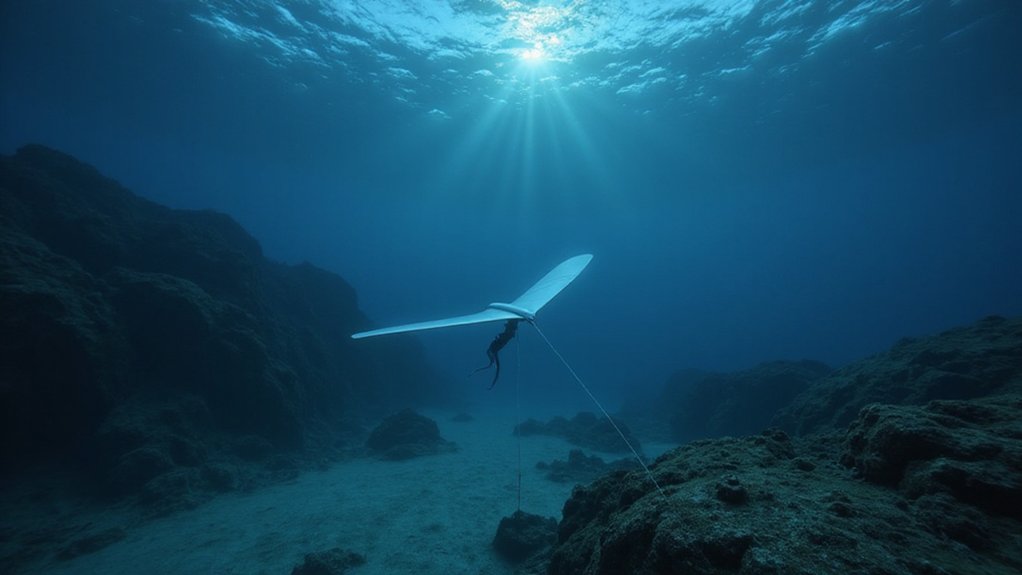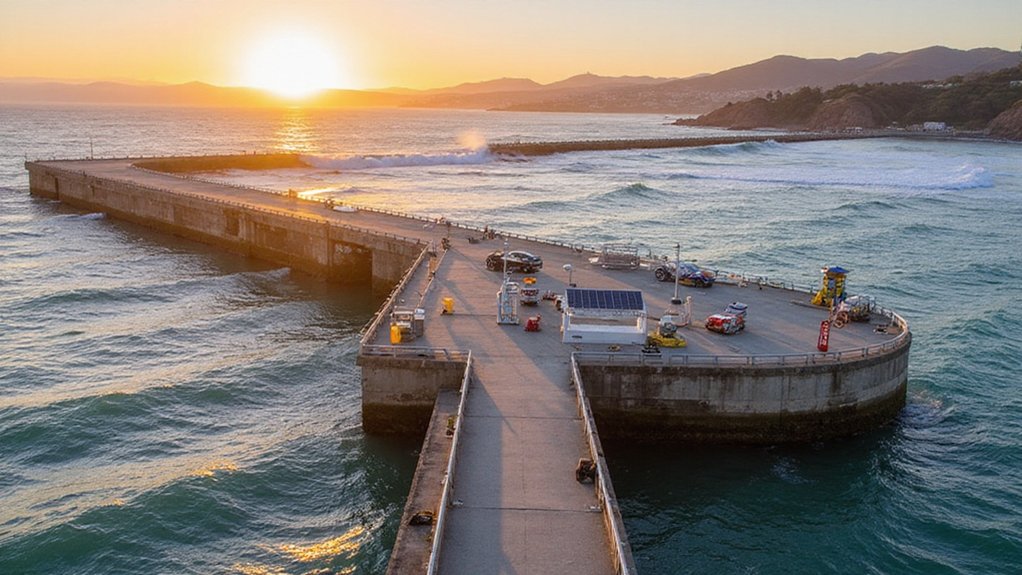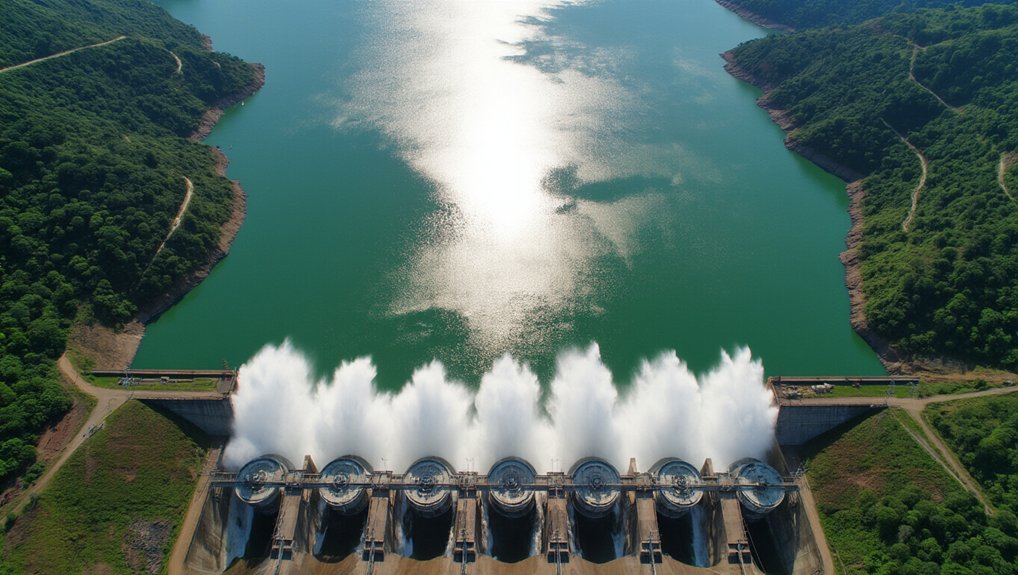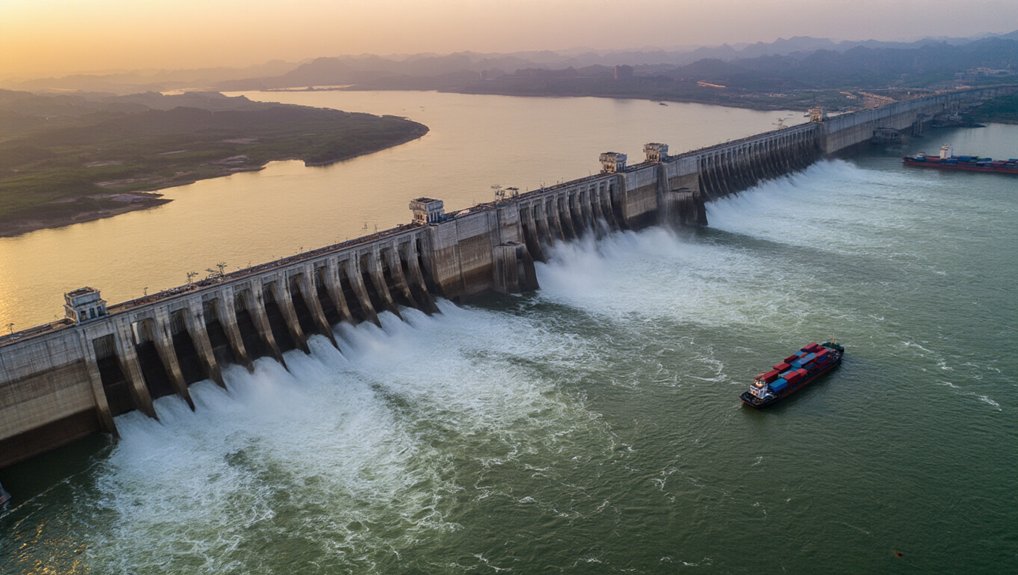Minesto’s underwater kite technology is transforming the Faroe Islands’ energy environment. The Dragon 12 kite, which began delivering electricity in February 2024, harnesses tidal movements caused by lunar forces. Two Dragon 4 kites already operate in Vestmannasund, with plans to expand to seven sites. The 1.2MW Dragon 12 operates autonomously 40 meters underwater. This initiative supports the islands’ goal of 100% renewable energy by 2030, potentially meeting 40% of their electricity needs.
The relentless pull of the moon is now powering homes across the Faroe Islands. Swedish company Minesto has developed an underwater kite system that captures energy from the ocean’s tidal movements. In February 2024, their largest system yet, the Dragon 12, began delivering electricity to the Faroese national grid.
These tidal kites work like underwater flyers. They move through tidal currents and speed up water flow to generate power. Unlike other tidal systems, these kites can work in slower water speeds, allowing them to tap into more potential energy sites. Unlike geothermal energy, tidal systems are affected by lunar cycle patterns rather than Earth’s internal heat.
The Faroe Islands currently have two Dragon 4 kites operating in Vestmannasund. The first kite, named “Íðunn,” has a capacity of 100kW. With the addition of a second kite, the total capacity doubled. Both systems now include equipment to monitor environmental impacts, including sound levels and effects on birds and whales.
The big news came with the Dragon 12, a massive 25-ton kite with 1.2MW capacity. This megawatt-scale system operates autonomously 40 meters below the surface. The innovative design allows the kite to generate electricity faster than water flow, making it more efficient than traditional tidal systems. Operators can monitor and control it remotely, making it a practical solution for the challenging marine environment.
The Dragon 12 harnesses lunar power beneath the waves—a silent giant delivering clean energy to island homes from its underwater domain.
The Faroe Islands have ambitious plans to expand this technology. They’ve identified seven sites for tidal kite arrays, with Hestfjord set to be the first major expansion after Vestmannasund. The total planned development aims for 200MW of tidal energy capacity.
If fully developed, tidal energy could provide about 40% of the islands’ electricity needs. The estimated annual generation of 350GWh would greatly advance the nation’s goal of 100% renewable energy by 2030. This initiative represents a partnership between Minesto and local electric utility SEV to transform the islands’ energy landscape.
The project also contributes to European Union targets for ocean energy. The EU aims for 1GW of ocean energy by the early 2030s, and Minesto’s technology demonstrates how island communities can harness predictable tidal patterns for consistent, renewable power.
With this tidal kite technology, the Faroe Islands are transforming lunar forces into a reliable energy source for their homes and businesses.
References
- https://minesto.com/faroe-islands/
- https://thenextweb.com/news/worlds-biggest-tidal-energy-kite-faroe-islands
- https://marine.copernicus.eu/services/use-cases/harnessing-predictable-tidal-energy-faroe-islands
- https://tethys.pnnl.gov/project-sites/minesto-faroe-islands
- https://www.offshore-energy.biz/minestos-megawatt-scale-tidal-energy-kite-is-up-and-running/









